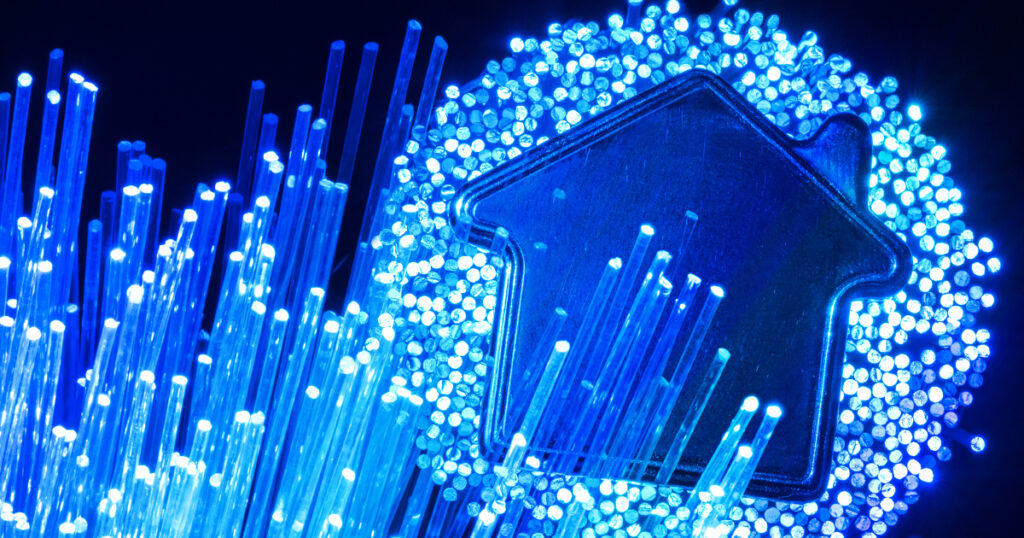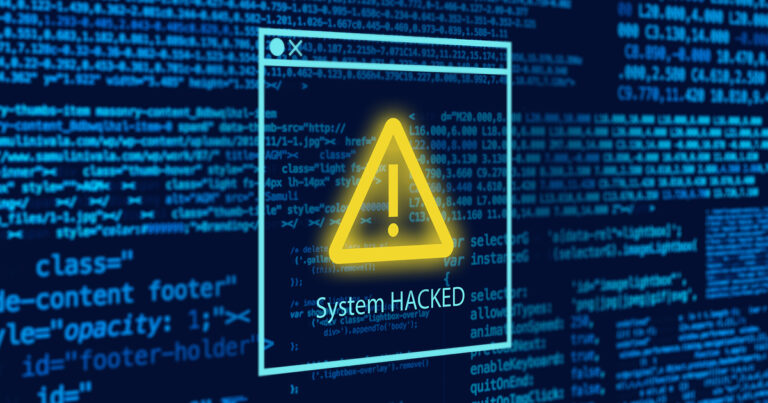Fiber internet is a broadband internet connection that uses fiber cables, which are more efficient than traditional communication wires, to relay data at increased speeds with reduced lag times. This modern technology allows for internet speeds of up to 1 gigabyte or more, improving download speeds by as much as tenfold over other high-speed internet options. Fiber optics are not only faster (they can send data at 70% the speed of light) but they are also less susceptible to the effects of severe weather, resulting in a more reliable internet connection.
Fiber is the single fastest means in the world for delivering high-speed internet, and FTC’s Fiber to the Home (FTTH) network allows for residential internet speeds of up to 1 Gigabit per second in many area homes.
Is Fiber Internet Better Than Cable and DSL?
Fiber internet is faster and more reliable than cable, DSL, and satellite internet, making it the best internet service available. The technology is still rolling out, so some homes may have to wait to be connected, but fiber internet is the clear winner when it comes to internet service, and you can expect fiber to be the technology of the future.
Is There a Downside to Fiber Internet?
The biggest downside to fiber internet is availability: Because it is a new technology, fiber internet is not available to everyone, everywhere, and will take some time to roll out to all areas. But as a faster, more reliable internet service, fiber provides better service than other options and once available, comes with few to no downsides.
The benefits of fiber internet apply to both residential and business use. While homes may enjoy faster streaming of movies and reduced lag in video games, businesses can optimize their technology without delay, while using the latest software without worrying whether their internet can handle the load.
Why Should You Get Residential Fiber Internet?
Fiber internet offers homes faster streaming without any significant limits on the number of devices running at the same time. Today’s homes are increasingly filled with a range of smart devices, each of which uses up bandwidth to connect to the internet.
From smartphones, gaming systems, and smart televisions to computers, tablets and even video doorbells, these devices need ample bandwidth to work well. Problems arise when a residence’s bandwidth is insufficient, especially when all of a home’s connected devices are working at once. Without enough bandwidth, the simultaneous connections can cause speeds to screech to a halt, and even cause the dreaded buffering that leads to painfully slow speeds. But with a fiber connection, bandwidths can increase exponentially and speeds can go through the roof, even when multiple devices are connected.
The Benefits of Fiber Internet at Home
A fiber-optic connection with the appropriate internet plan offers homes:
- Zero buffering
- Super-fast downloads and uploads
- The ability to stream TV services, movies, and music on multiple devices at the same time
- Low latency and ping speeds, providing a superior online gaming experience with a competitive advantage
- Improved reliability and reduced susceptibility to inclement weather such as lightning
- Easy remote maintenance
Gigabit internet is incredibly fast and can be accomplished only with fiber-optic service. With the power of a Gigabit connection you can download:
- 25 songs in 1 second
- An entire television show in less than 3 seconds
- A full, high-definition (HD) movie in just 36 seconds
Interesting Facts About Fiber-Optic Technology
We already know about the benefits of fiber-optic speeds, but did you know that fiber has many other uses, including in gun sights, signs, medical imaging devices, and even artificial Christmas trees, just to name a few?
Read on to learn four fun facts about this amazing technology:
- Fiber is stunningly fast. In 2014, researchers from the Netherlands’ Eindhoven University of Technology and the University of Central Florida demonstrated data transfers over a single multi-core optical fiber at a jaw-dropping rate of 32 terabytes per second. In other words, you could transfer a high-definition (HD) movie file in .03 milliseconds at this speed.
- Fiber-optic lines are made of glass. The technology uses flexible strands (or fibers) of optically pure glass as thin as a human hair to transmit light signals that carry digital information over long distances.
- Fiber is highly sustainable. Because it is made from silicon, the second most abundant element in the Earth’s crust after oxygen, there is certainly no shortage of the raw materials used to create fiber. The element can be found in rocks, soils, sands, and clays, often combined with oxygen and other elements.
- Fiber cables are quite sturdy. While strands of glass are at the core of fiber-optic cable, most fiber cables are engineered to withstand challenging conditions and rugged installations. In fact, the military even uses fiber cables to keep its lines of communication open in the toughest of conditions.
- Looking to make the switch to blazing-fast fiber internet in your home? FTC’s FTTH network continues to grow every day. To find out if 1 Gigabit internet is available in your neighborhood, give us a call at 888-218-5050 and trust FTC to deliver the strongest connections to your home today!
Make the Switch to Fiber
Find out more about the benefits of fiber optics from FTC, or give us a call at 888-218-5050.




